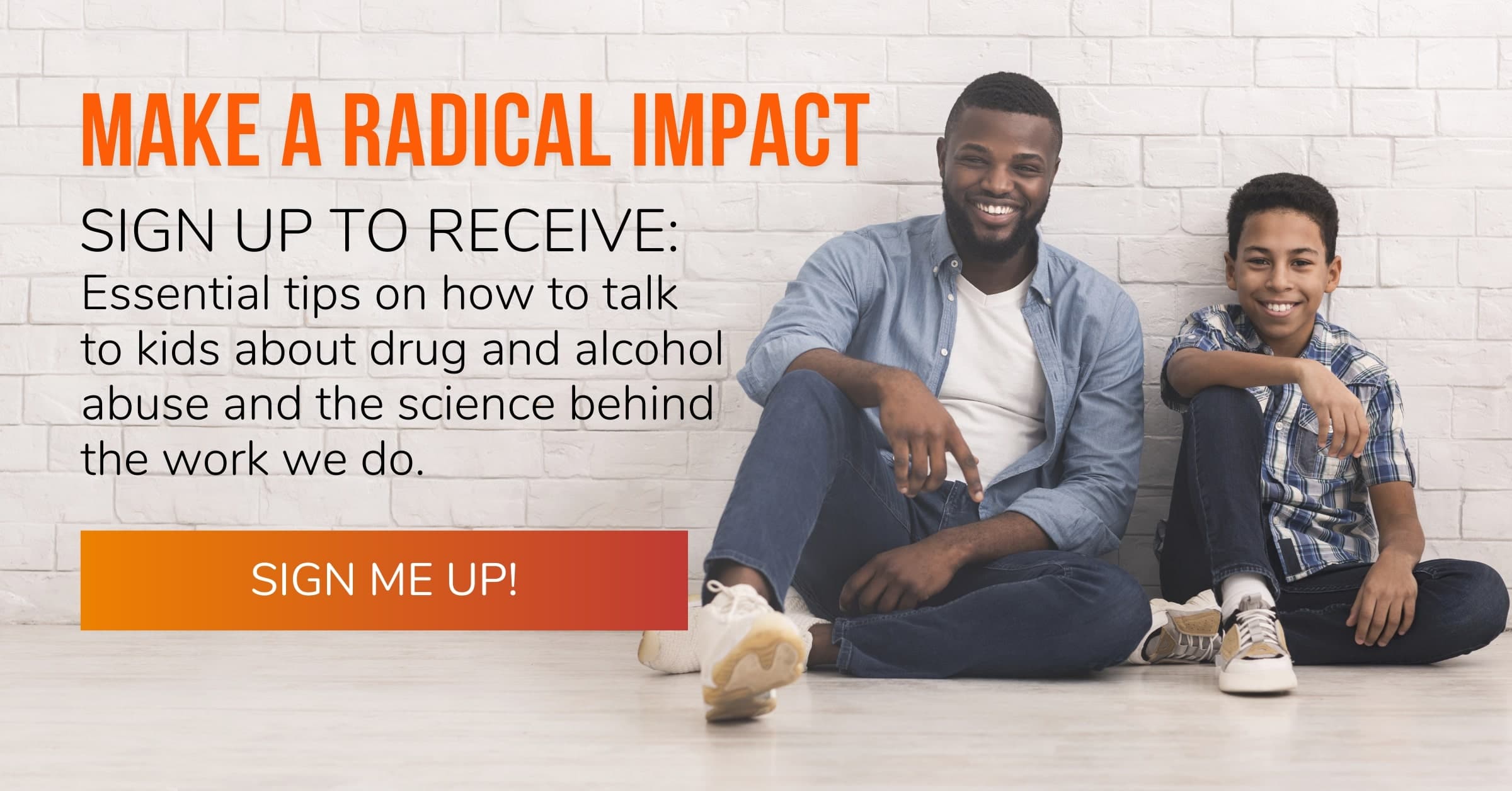Parents and teachers often use risk, consequences, and guardrails as their core prevention strategy when it comes to drug and alcohol abuse. This means that they fill young people’s minds with negative facts and statistics about drugs and alcohol.
We don’t doubt that they mean well, but this strategy misses a key point that every successful youth brand knows well.
Youth respond to a positive message delivered by peers and influencers.
We have to give them a choice that is not just about avoiding a negative but choosing a positive.
When it comes to issues around drug use, kids need to be engaged in a positive way, to be steered towards that which inspires them rather than deterred through scare tactics.
Let’s look at a powerful example from South Africa that speaks to the power of a positive message and how — when you create an aspirational movement driven by influencers and storytellers — young people jump on board.
If you’re inspired by this story, share it with your friends and colleagues.
South Africa: A Case Study in The Power of The Positive Message
In South Africa in the 1990s, AIDS was a growing epidemic, particularly among young people. It was by far South Africa’s number one health crisis, and standard prevention tactics were not working.
As Tina Rosenburg notes in her excellent book Join the Club: How Peer Pressure Can Change the World —
“They were telling teenagers what AIDS is and how it is spread, advising them to use condoms and limit their partners, and warning them about the threat of early death. None of it was working. Rates of new infections among young people were going up, and in some places soaring. Public health experts believed that if teenagers understood what was at stake and learned how to protect themselves they would surely do it. But in country after country teenagers proved them wrong.”
What was going wrong?
Simply put, there was no correlation between the information the teens received and the internalization of risk. Teens didn’t care about the facts that they were being told. Their brains were more focused on the way these facts were delivered — dry, preachy speeches from adults telling them, again, what not to do. If anything, such tactics made the kids want to go engage in reckless behavior.
So South Africa ended up trying something very different. The power of the positive message.
Why not make AIDS-prevention cool?
Make it an aspirational lifestyle brand, with a core message delivered by influencers that young people trust. It was a strategy designed by psychologists, advertising executives, marketing gurus and teens themselves. As Tina says —
“It used no appeals to fear, and its information about AIDS arrived wrapped in a coating of the frothy stuff teenagers love — pop stars, fashion, love advice, teen slang, and gossip. The AIDS prevention campaign concentrated on teens’ need for belonging and connection. It tried to make an HIV-free lifestyle fun and cool.”
Basing their campaign on a recent re-launch of the soft drink Sprite — which took the brand off the shelf and into the community through sponsoring basketball tournaments, concerts, and other fun activities — South Africa launched LoveLife, a positive lifestyle brand that made AIDS prevention cool by engaging celebrities, influencers, and involving teens in an exciting and positive way.
Teen AIDS rates plummeted, and LoveLife was seen as a central reason.
South Africa clearly understood what we at Natural High have been saying all along — that if you want kids to make the right choices, you have to follow a simple recipe:
- Focus on the positive rather than scare tactics
- Help kids find their natural high
- Engage storytellers and influencers that young people trust
- Make it cool to not do drugs!
This is why we do what we do. For over 25 years we’ve been providing a positive alternative to drug and alcohol abuse. Our stories are meant to inspire and set young people on the track to make the right choices. If you’d like to read more about the South Africa case study, we highly recommend Tina’s book. And if this story moved you, forward to a friend or share on social media.
Let’s make kids finding their natural highs and choosing not to do drugs a movement that catches on!
Sign up to receive more stories like these and others through our Natural High Essentials series.


